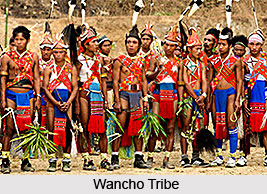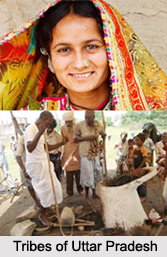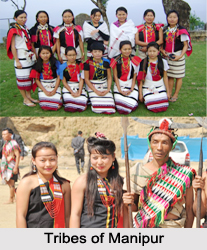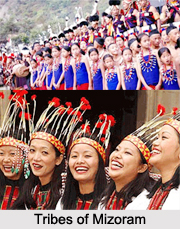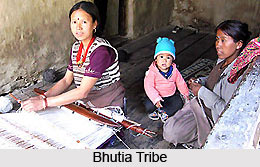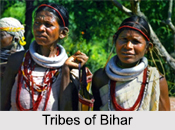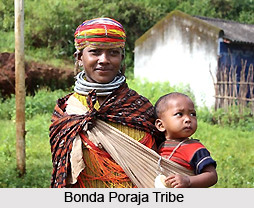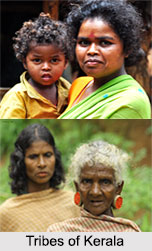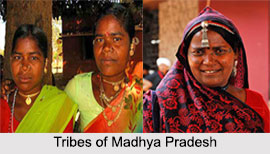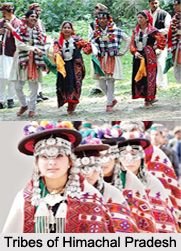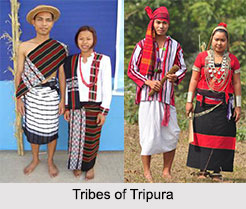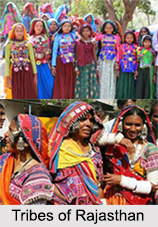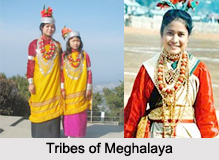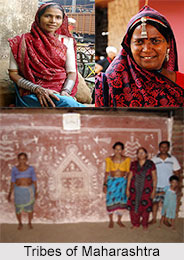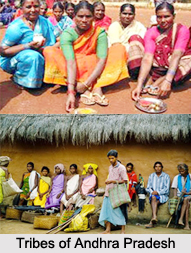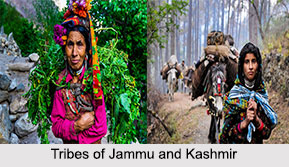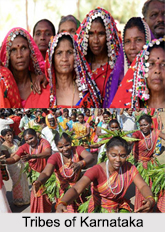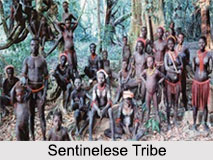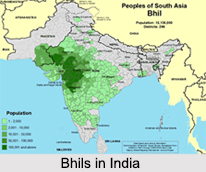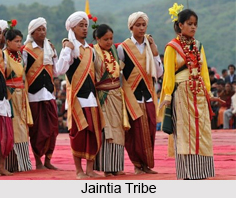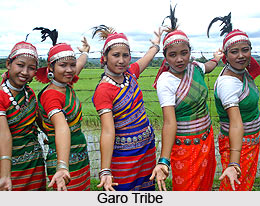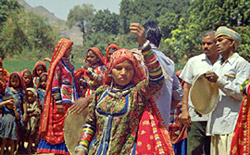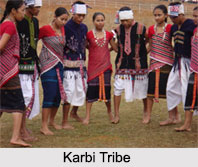 Karbi Tribes are mainly dominated in the Karbi Anglong district of Assam. Some are also found in North Cochar Hills, Nagaon, Golaghat, Kamrup, Jorhat, Sonitpur and Lakhimpur districts of Assam and in the bordering states of Nagaland and Meghalaya. Karbi tribes possess a rich cultural frame and a distinctive life style. They have a tradition, culture, language, identity and ecological position of their own.
Karbi Tribes are mainly dominated in the Karbi Anglong district of Assam. Some are also found in North Cochar Hills, Nagaon, Golaghat, Kamrup, Jorhat, Sonitpur and Lakhimpur districts of Assam and in the bordering states of Nagaland and Meghalaya. Karbi tribes possess a rich cultural frame and a distinctive life style. They have a tradition, culture, language, identity and ecological position of their own.
Origin of Karbi Tribes
The Karbi Tribes belong to greater Mongoloid racial stock. Linguistically they belong to the Tibeto-Burman group. The Karbis belonged to western China and entered Assam from Central Asia through migration at the beginning of the 17th century A.D.
Society of Karbi Tribes
The Karbi is divided into three major divisions - Ronghong, Chintong and Amri. The Karbis have five clans called "Kur". These are Terang, Teron, Enghee, Ingti and Timung. Each of these five clans has several sub-clans. While Enghee and Timung have 30 sub-clans each, Terang and Teron have 6 sub-clans each and the remaining clan Ingti has only 4 sub-clans. These clans are completely exogamous and marriage between a boy and a girl belonging to the same clan can never take place since the children of the same clan are considered as brothers and sisters.
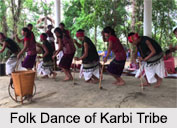 The Karbi tribes basically live on hill tops and they generally do not live in compact areas. Each village has a headman called "Gaonbura" or "Sarthe" who is appointed by the authority of Karbi Anglong Autonomous Council. The traditional village council of the Karbis is called "Me" and this council is composed of all the elderly male members of the village. The village council plays an important role in regulating the social, economic and religious life of the village.
The Karbi tribes basically live on hill tops and they generally do not live in compact areas. Each village has a headman called "Gaonbura" or "Sarthe" who is appointed by the authority of Karbi Anglong Autonomous Council. The traditional village council of the Karbis is called "Me" and this council is composed of all the elderly male members of the village. The village council plays an important role in regulating the social, economic and religious life of the village.
Occupation of Karbi Tribes
Agriculture, shifting cultivation, food gathering are their main occupation while service, casual labour are the additional source of income. Different types of agricultural crops are cultivated of which paddy is the main crop.
Religious Life of Karbi Tribe
The Karbis believes in animism which consists of such a belief in the role of spiritual beings in human life. They believe in the immortality of the soul. Ancestor worship is also common. They worship deities locally known as "Arnam-atum". Their religion can be considered as polytheism as they believe in many Gods.
Festivals of Karbi Tribes
A number of festivals are observed by the people belonging to Karbi tribal group. Like for instance, they celebrate "Chojun Puja" or "Swarak Puja", "Rongker", "Chokk-eroi", "Hacha-Kekan", "Chomangkan". Dance and music play an important role in the life of the Karbi Society. Various types of dances are performed by the youths during the performances of Chomangkan, the death ceremony and other socio-religious festivals. The Karbis have very limited number of musical instruments. A big drum called "Cheng" is their main musical instrument. It is generally played by a master drummer called "Duihudi". In some of their dances they use war shield made from the skin of rhinoceros called "Chong and prototype war sword called "Nok".
